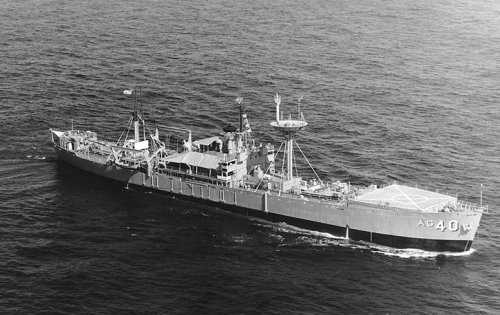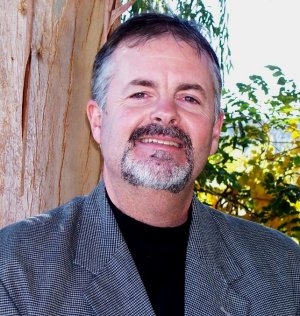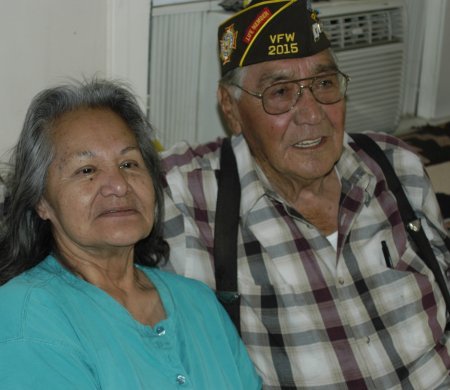My daughter loves everything sour. It doesn’t matter what it is, in her opinion everything is better sour.
And it probably comes as no surprise that she enjoys cooking, too. I probably encourage this by having a very well-stocked pantry. But this well-stocked pantry has spoiled my little girl to the point of it being absurd.
One evening my daughter said she wanted to cook dinner. Great, go ahead. After a few minutes of preparation time she comes out of the kitchen and asks if we can go to the grocery store. I asked why, and she said, “To get a kind of vinegar that we don’t have.”
I snapped back, half laughing, half screaming, “WE HAVE TWELVE DIFFERENT TYPES OF VINEGAR IN THE PANTRY! JUST USE WHAT WE HAVE!”
Oh my gosh, 12 isn’t a sufficient variety? But how many kids do you know who can even name three different kinds of vinegar, let alone think that “they’re just not the right one”?
Vinegar is usually reported as being made in one of two ways. The first and most desirable is the Orleans method, and is the method used in high-quality vinegars. A wine is exposed to a “Mother” that then proceeds to eat the alcohol and acidify the wine. This process takes weeks, months or even years.
The second way of making vinegar is aerating wine to cause oxidation, which produces a vinegar-tasting product (think of it as leaving a glass of wine out overnight and tasting it the next day – that’s basically the action happening in this process).
Actually, there are many ways of making vinegar but it’s easier to mention the two biggest methods rather than nit pick all of the many ways.
In my opinion, every kitchen should have at least three types of vinegar. I won’t say which three because that’s a personal preference, but here are some ideas.
Rice wine vinegar is a staple in my kitchen just because of its versatility. It has a mellow, smoothness to it that can enhance salad dressings, pickles or sauces. Apple cider vinegar doesn’t have many gourmet varieties, and personally I think it’s because the mass-produced type you find in the grocery stores is great. It provides a sweet, apple taste to whatever you add it to. The third type of vinegar I would recommend is balsamic.
Balsamic vinegar has the unique trait that the older it is, the thicker and sweeter it becomes. Even young balsamic vinegars have a sweet molasses kind of taste to them and as they age they mellow, thicken, mature and become pretty complex. When you are in the mood for a really good balsamic, be ready to pay for it. There is a joke that if you have a very good bottle of balsamic vinegar in the kitchen and the house is on fire, what do you rescue first, family pictures or the balsamic?
Some Italian restaurants offer a dessert of small blocks of aged parmesan with a couple of drops of aged balsamic. It sounds a little odd, but it’s surprisingly very good. Good quality balsamic can be found all around the county, but my favorite I found at a local farmers market.
There are several other varieties of vinegar which I also enjoy. Again, I have about 12 in my cupboard at any given time.
When it comes to red wine vinegar, I like to have a little more depth of flavor so I reach for red raspberry vinegar. You don’t notice the raspberry notes when making a salad dressing but it’s still great to have on hand for many other uses.
Malt vinegar is a must for fish and chips and its unique flavor is something that I love but I don’t end up using it very often. And of course, the ubiquitous white distilled vinegar is on hand. It’s good for cleaning, but I don’t consider it a cooking ingredient.
Vinegar has been scientifically proven to be good for the heart, assists in losing weight, and has many other – if only anecdotal – treatments. It’s also been used for cleaning household surfaces, removing red lipstick from clothing (um, so I’ve heard), adds shine to hair, even soothes sore muscles. Some people like to treat jellyfish stings with vinegar as a way of neutralizing the stinging cells, but if you don’t know the species of jellyfish you could actually make the injury worse so I would avoid attempting this. Samurai used to drink a special concoction made with vinegar for strength and stamina. I have the recipe but, trust me, you don’t want it.
I’ve included a recipe for Pork Adobo, sometimes jokingly called “Vinegar soup.” Some of its instructions are a little odd, but the final product is well worth the wait. Some recipes call for several pans to be used in making, starting with broiling, then boiling, then searing ... Uff da!
I simplified the recipe, so I can’t really call it “authentic Philippine style,” but I prefer to use one pan so you don’t lose any flavor in all of the cooking. This recipe also works with chicken (dark meat only, white meat can’t handle the long cooking time) or beef (pot roast, oxtail, or shanks work best). Salt shouldn’t be necessary due to the use of soy sauce, which contains quite a lot of salt.
The finished dish is pronouncedly but not overly sour, full of garlic and pepper flavor.
Pork Adobo
Ingredients:
1 ¼ pound boneless pork shoulder, cubed about 2 inches by 2 inches
1 cup water
½ cup vinegar (I like apple cider vinegar for this)
2 Tablespoons soy sauce
6 to 8 garlic cloves, peeled, minced or pressed through a garlic press
¼ teaspoon black pepper (if not freshly ground then increase to 1/3 teaspoon)
Your favorite cooking oil.
Brown/sear the pork cubes in your largest frying pan or sauce pan over high heat, in several batches if necessary; use a little bit of oil to prevent sticking. You are just searing the meat at this point, not cooking through; the meat should still be rare when you are done.
When you’ve seared the last portion of meat, return all the pork to the pan and add the water, vinegar, soy sauce, garlic and pepper, and stir, being sure to scrape any bits off of the bottom of the pan as you stir. Continue on high heat until it comes to a boil, then reduce the heat and simmer for 40 minutes or until the pork is tender.
Remove the pork from the pot/pan, and set aside. Increase the heat to a boil again and reduce the liquid by half (some recipes call for browning the meat again at this point but I feel it’s redundant). When the liquid is finished reducing, put the meat back in and return to a boil, long enough just to reheat the meat. Serve.
Ross A. Christensen is an award-winning gardener and gourmet cook. He is the author of "Sushi A to Z, The Ultimate Guide" and is currently working on a new book. He has been a public speaker for many years and enjoys being involved in the community.
{mos_sb_discuss:4}


 How to resolve AdBlock issue?
How to resolve AdBlock issue? 









